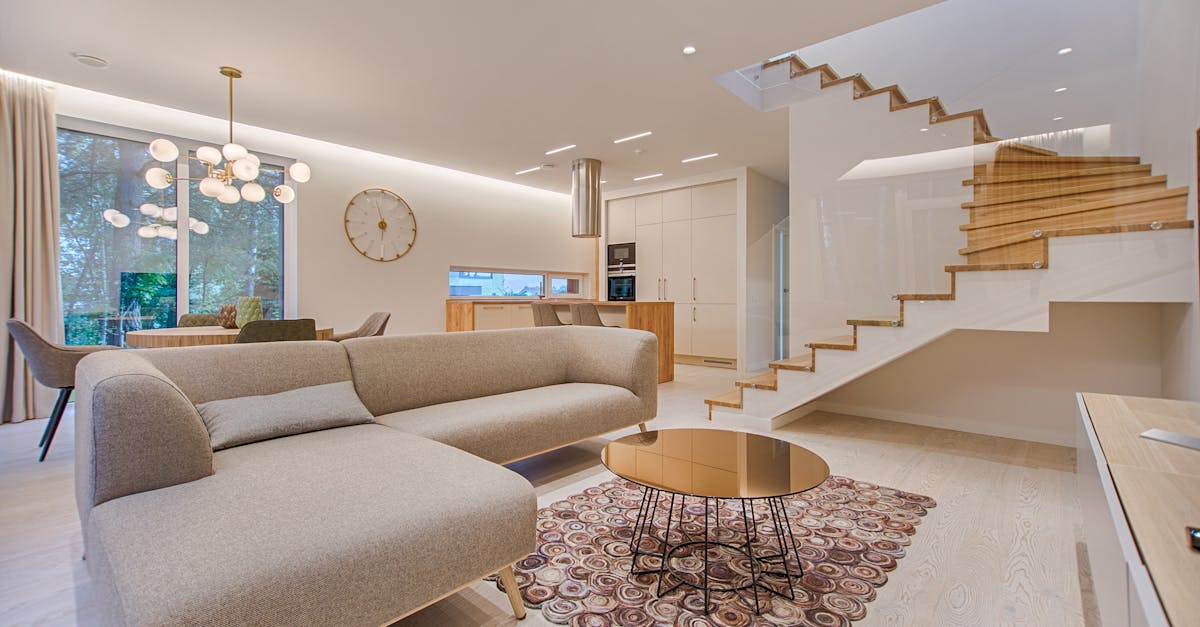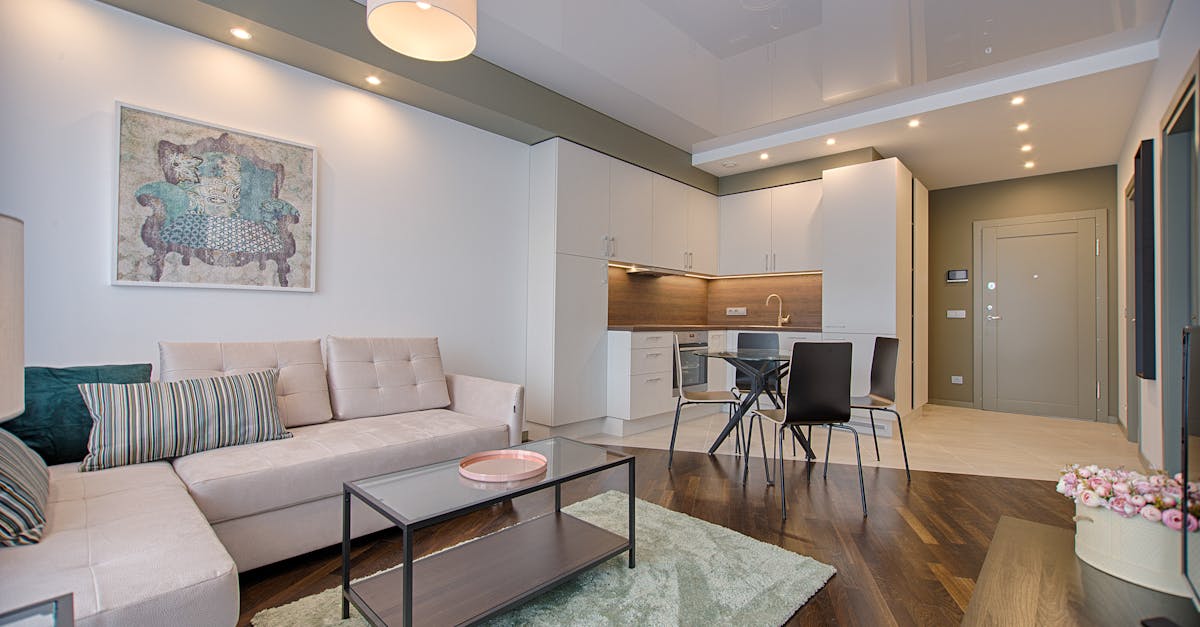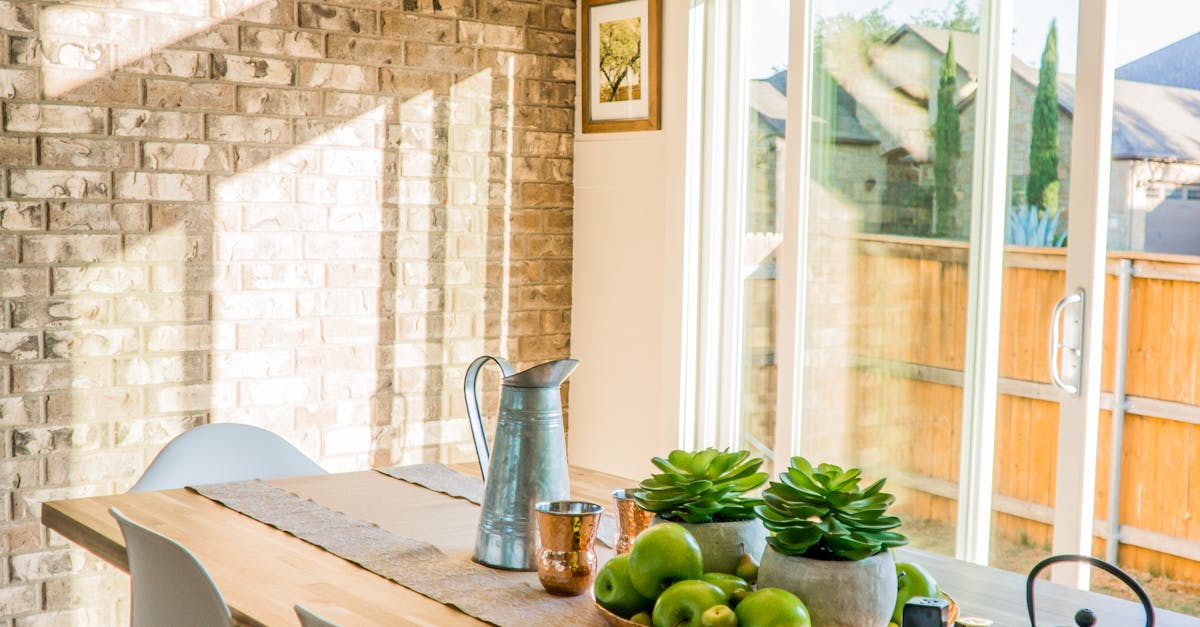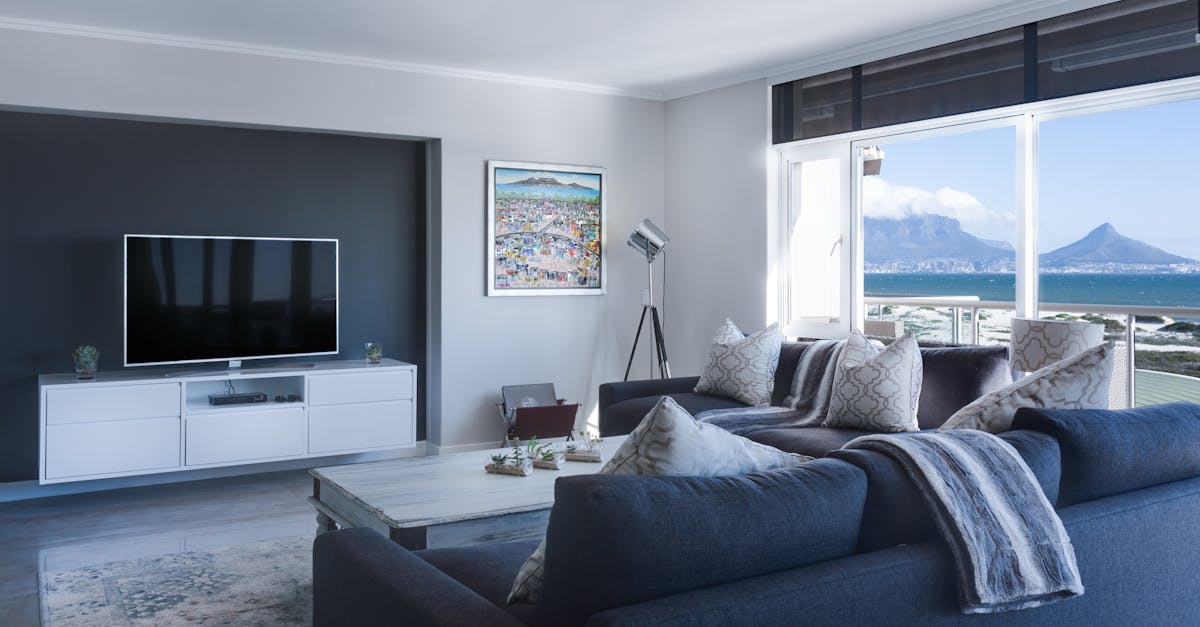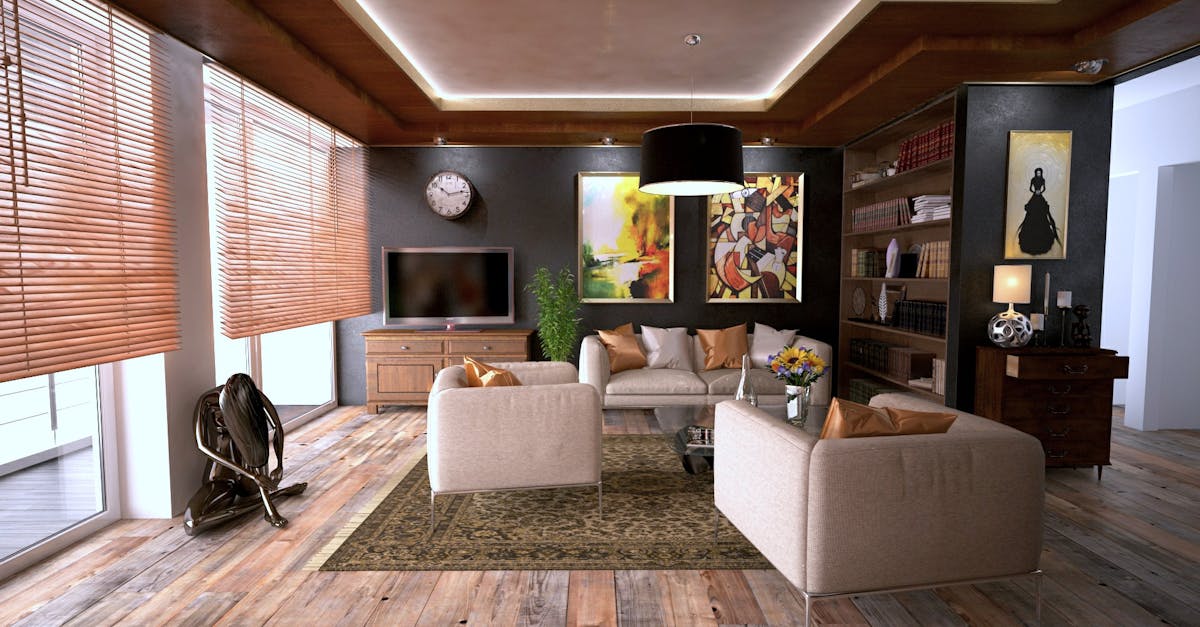
Table Of Contents
Optimizing Space Utilization
Optimizing space utilization is a crucial aspect of effective space planning. When designing a space, it is essential to consider the functionality and purpose of each area to ensure that the available space is used efficiently. This involves careful consideration of the layout, furniture arrangement, and traffic flow within the space. By maximizing the use of space, it is possible to create a more productive and visually appealing environment for occupants.
In Space Planning, incorporating multifunctional furniture and flexible design elements can help optimize space utilization. For example, using modular furniture that can be easily reconfigured or collapsible tables that can be expanded when needed can provide versatility in a space. Additionally, designing storage solutions that are integrated into the overall layout can help free up valuable floor space and keep the area organized. By thinking creatively and strategically about how space is used, designers can create environments that are both functional and aesthetically pleasing.
Storage and Organization Solutions
Storage and organization solutions play a crucial role in effective space planning. When considering storage options, it is essential to assess the needs of the space and the items that require storage. This evaluation will help in determining the most suitable storage solutions that optimize both space utilization and accessibility. Proper organization solutions not only enhance the functionality of a space but also contribute to creating a visually appealing and clutter-free environment, promoting productivity and efficiency.
In the realm of space planning, incorporating innovative storage and organization solutions is key to maximizing the use of available space. Utilizing multi-functional furniture, such as built-in cabinets and wall units, can significantly enhance the storage capacity of a space while maintaining a clean and streamlined aesthetic. Furthermore, integrating customizable storage solutions that can adapt to changing needs over time ensures flexibility and longevity in Space Planning. By prioritizing smart storage solutions, spaces can be transformed into versatile and well-organized environments that cater to diverse requirements effectively.
Sustainable Practices in Space Planning
Sustainable practices in space planning involve incorporating environmentally friendly solutions to reduce the impact of buildings on the environment. One essential aspect is focusing on energy efficiency in the design and layout of spaces. Utilizing natural light through strategic placement of windows and incorporating energy-efficient lighting systems can significantly reduce energy consumption in buildings. Implementing proper insulation and selecting eco-friendly materials can also contribute to creating a more sustainable and energy-efficient space.
Another critical consideration in sustainable space planning is analyzing the environmental impact of materials used in construction and design. Opting for recycled or locally sourced materials can help lower the carbon footprint of a space. Additionally, utilizing renewable energy sources such as solar panels or geothermal heating systems can further reduce the overall environmental impact of buildings. By integrating sustainable practices in space planning, it is possible to create functional and aesthetically pleasing spaces that prioritize the well-being of both occupants and the planet.
Energy Efficiency and Environmental Impact
Energy efficiency and environmental impact play a crucial role in the realm of space planning. In the context of designing and utilizing spaces, it is imperative to consider the energy consumption and environmental footprint associated with the space. Integrating energy-efficient practices such as the use of natural lighting, energy-saving appliances, and efficient heating and cooling systems not only minimizes the energy consumption of a space but also contributes positively towards environmental sustainability. By incorporating these elements into space planning, one can create environments that are not only functional and aesthetically pleasing but also environmentally responsible.
Furthermore, considering the environmental impact of the materials and resources used in space planning is essential. Opting for sustainable materials, such as recycled or eco-friendly products, helps reduce the ecological footprint of a space. Additionally, incorporating strategies for waste reduction and recycling within space planning processes can further support environmentally conscious practices. By prioritizing energy efficiency and environmental impact in space planning endeavors, individuals and organizations can contribute to the creation of spaces that are both efficient and sustainable.
Technology Integration for Smart Spaces
Technology integration in smart spaces is a critical aspect of contemporary space planning. By incorporating cutting-edge technologies, spaces can be transformed to enhance functionality and efficiency. From automated lighting and climate control systems to integrated communication networks, technology plays a pivotal role in optimizing the overall user experience within a space.
Moreover, the integration of smart technologies in space planning not only improves the convenience and comfort of occupants but also contributes towards sustainability goals. Energy-efficient systems and smart sensors can help monitor and manage resource consumption more effectively, reducing environmental impact. As the demand for intelligent and interconnected spaces continues to grow, embracing technology integration becomes increasingly imperative in modern Space Planning.
Automation and Connectivity Features
Automation and connectivity features play a crucial role in enhancing efficiency and convenience in space planning. Implementing automated systems can streamline various processes within a space, such as lighting controls, temperature regulation, and security systems. These features not only contribute to a more user-friendly environment but also help in optimizing energy usage and reducing operational costs. Incorporating connectivity solutions allows for seamless integration between different devices and systems, fostering a more interconnected and responsive space.
In the realm of space planning, the integration of technology-driven automation tools can significantly improve the overall functionality of a space. From smart sensors that adjust lighting based on occupancy to remote-controlled systems that manage audio-visual equipment, the possibilities for enhancing user experience are vast. By embracing automation and connectivity features, spaces can be transformed into dynamic environments that adapt to the needs and preferences of users, ultimately creating a more efficient and interactive space for all.
FAQS
What is the importance of optimizing space utilization in space planning?
Optimizing space utilization is crucial in space planning as it ensures that every area is used efficiently, maximizing the functionality of the space.
How can storage and organization solutions enhance space planning?
Implementing effective storage and organization solutions can help declutter the space, improve workflow, and create a more organized and productive environment.
Why is it essential to consider sustainable practices in space planning?
Considering sustainable practices in space planning helps reduce environmental impact, promote energy efficiency, and create healthier and more eco-friendly spaces.
What role does technology integration play in smart spaces within space planning?
Technology integration in smart spaces allows for automation, connectivity features, and innovative solutions that enhance the overall functionality and user experience of the space.
How can energy efficiency and environmental impact be addressed in space planning?
By focusing on energy-efficient solutions and considering the environmental impact of materials and design choices, space planning can contribute to a more sustainable and eco-conscious approach to building design.

